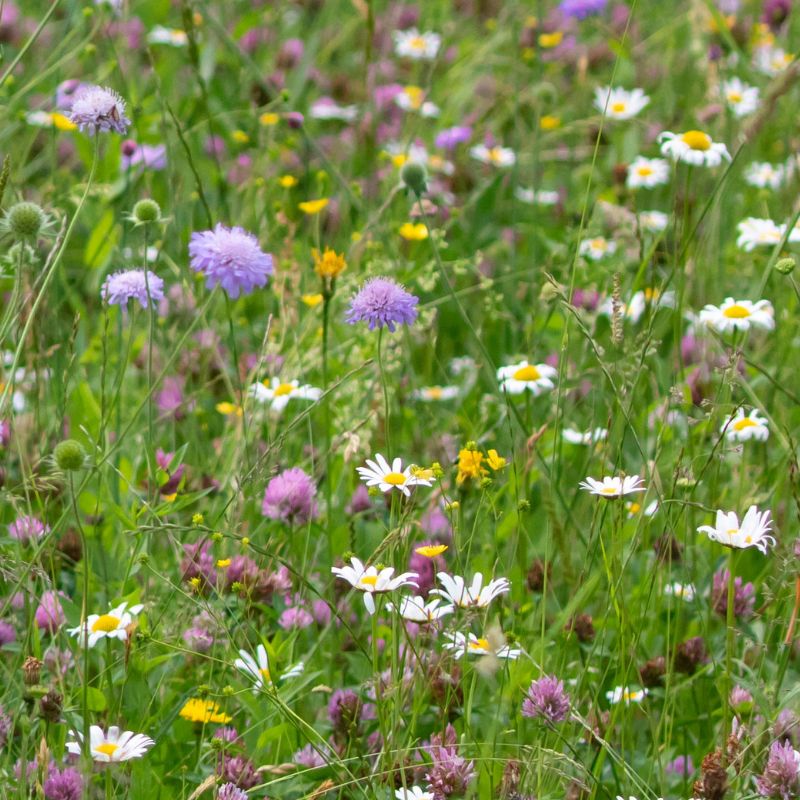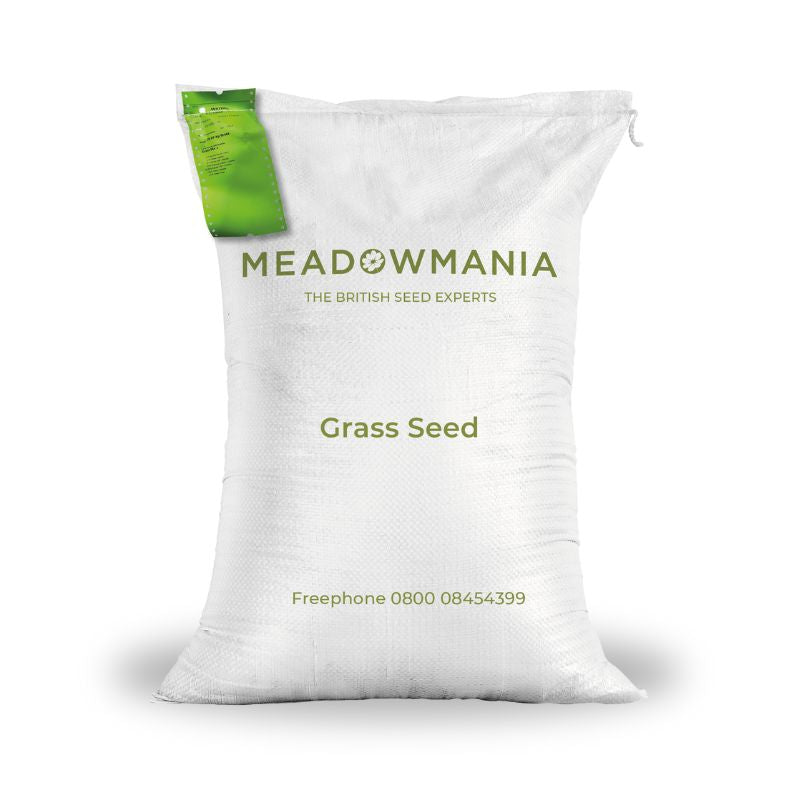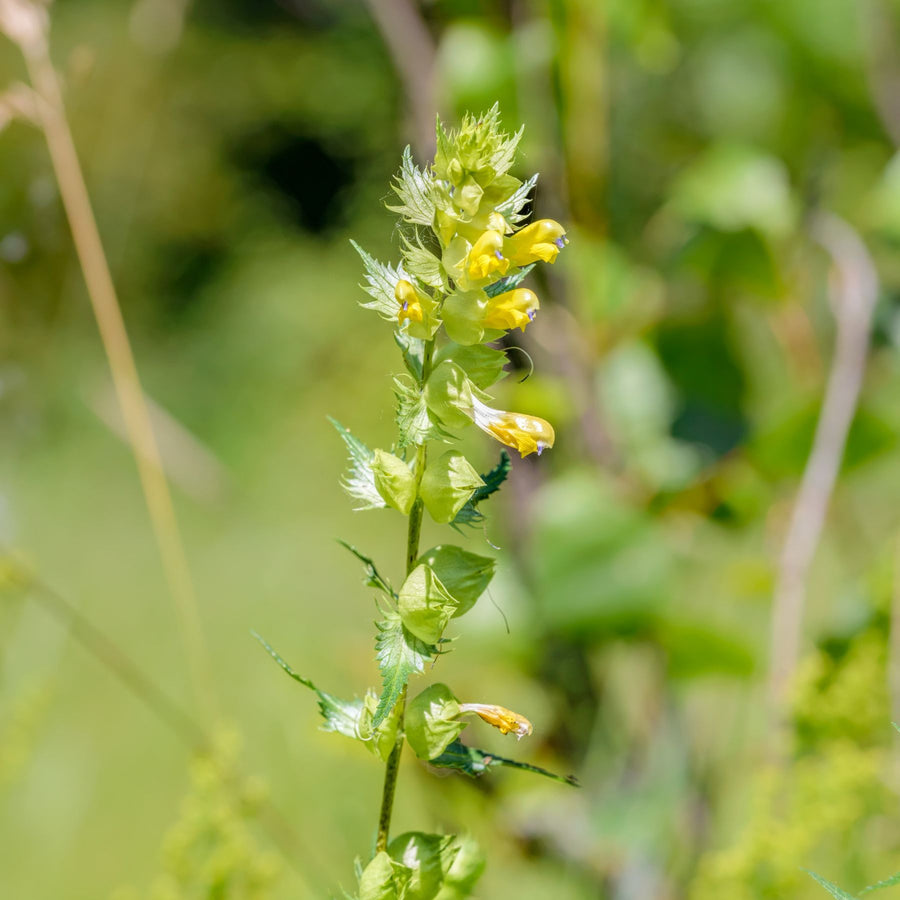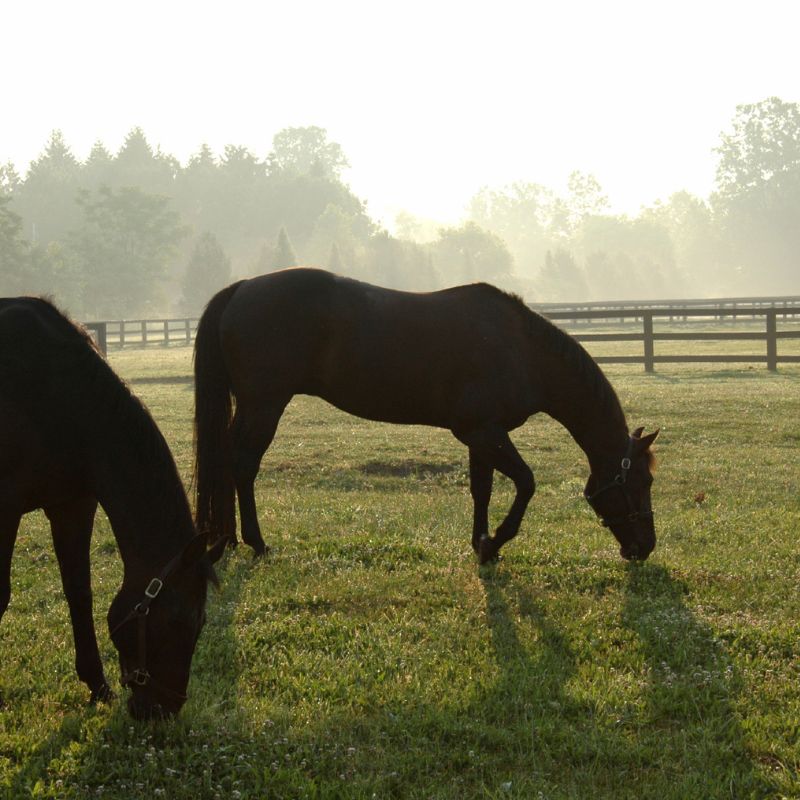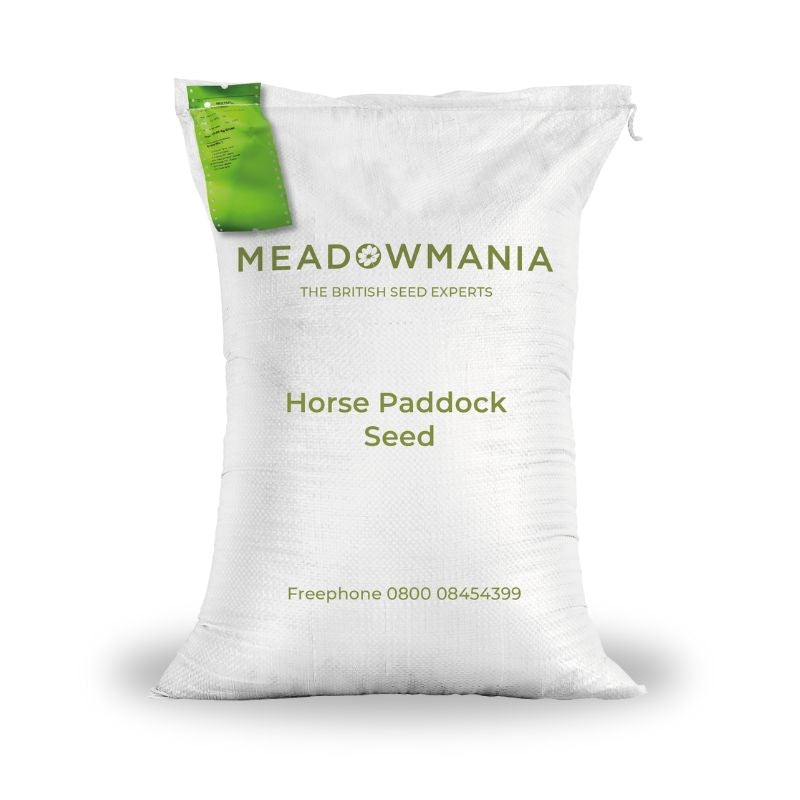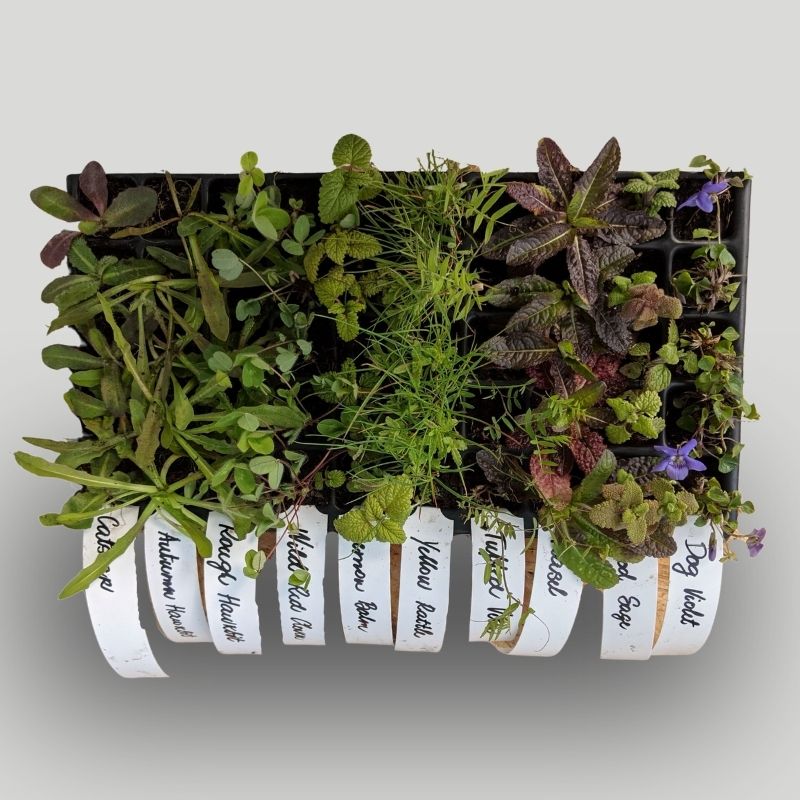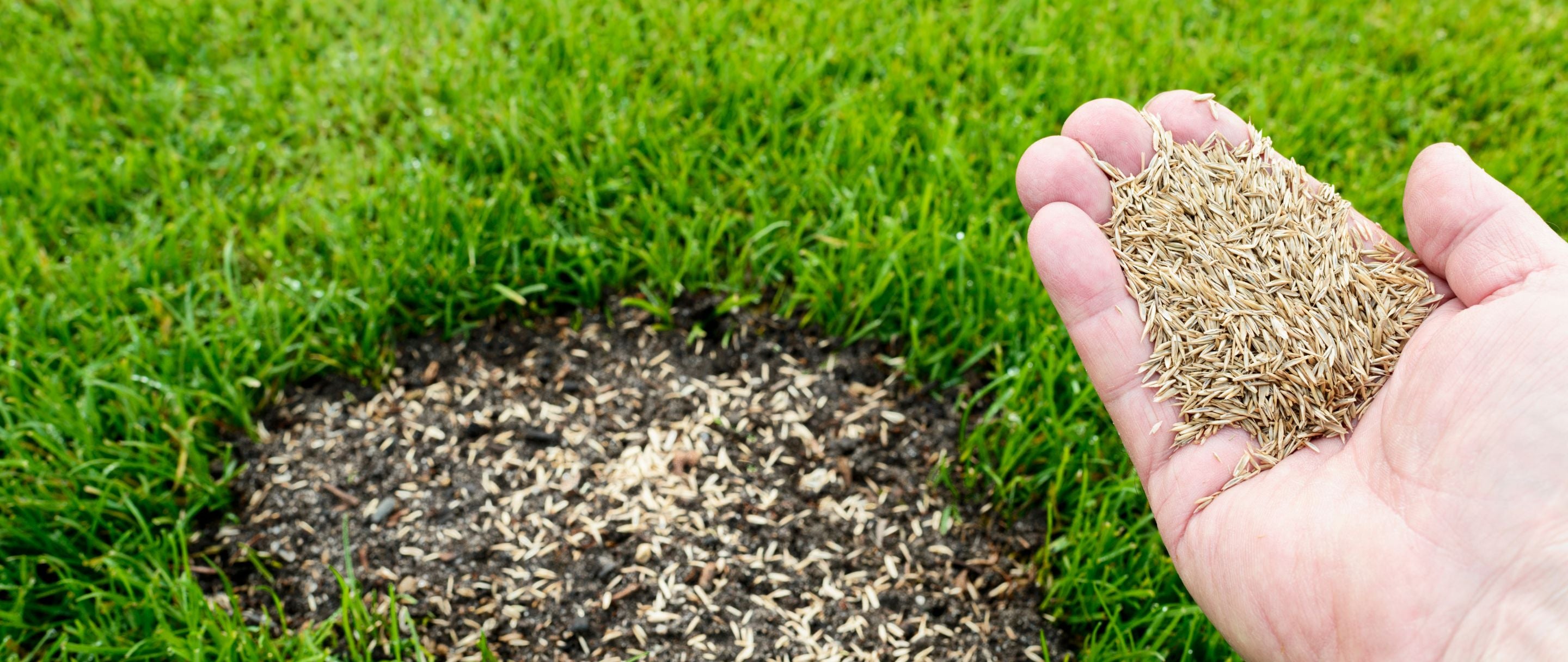
Overseeding lawns
How to Successfully Overseed Your Lawn for a Thicker, Healthier Turf
Introduction
Overseeding is one of the most effective and economical ways to rejuvenate an old lawn, fill in bare spots, and ensure a healthier, more resilient turf. This simple yet powerful technique involves sowing grass seed over your existing lawn to enhance its density, improve its appearance, and address common lawn issues like thinning, wear and tear, or the presence of weeds. Overseeding can be particularly beneficial for lawns in the UK, where the weather can be unpredictable, and the soil conditions vary across regions.
In this in-depth guide, we will take you through the step-by-step process of overseeding your lawn. From selecting the right type of seed to preparing your lawn, to sowing and maintaining your new grass, we’ll cover all the important aspects you need to know. Additionally, we’ll explore the science behind overseeding, why it works, and how it can help you achieve a vibrant, lush lawn that thrives year after year.
By following this guide, you’ll have all the tools and knowledge necessary to successfully overseed your lawn and enjoy the benefits of a beautiful, healthy turf.
What is Overseeding and Why is it Important?
Before diving into the practicalities of overseeding, it’s essential to understand what the process involves and why it’s a vital part of lawn care.
The Basics of Overseeding
Overseeding is the practice of spreading fresh grass seed over an existing lawn. Unlike reseeding, which is typically used to repair large bare patches or to establish a lawn from scratch, overseeding focuses on improving the density and health of an established turf by adding new grass to the existing lawn. This can be done with a range of grass types, depending on your lawn’s requirements.
While overseeding can be done at any time during the growing season, it is most commonly carried out in the autumn or early spring, when conditions are ideal for grass seed germination. It’s a technique that helps improve turf quality, adds resilience against pests and diseases, and increases the lawn’s ability to cope with environmental stresses such as drought or heavy traffic.
The Benefits of Overseeding Your Lawn
Overseeding offers several key benefits, making it an essential practice for homeowners looking to improve the condition of their lawn:
1. Enhanced Lawn Density
Overseeding fills in thin or patchy areas, improving the overall density of your grass. A thicker lawn is more visually appealing and better equipped to outcompete weeds, resist diseases, and manage environmental stresses like drought. A dense lawn also helps reduce soil erosion and provides a smoother, more uniform surface for recreational use.
2. Improved Grass Variety
One of the key advantages of overseeding is the ability to introduce a new, more desirable grass variety into your existing lawn. By choosing grass seed with better drought resistance, improved disease tolerance, or finer leaf texture, you can enhance your lawn’s performance in specific conditions. For example, a hardwearing, drought-resistant mix will thrive in regions with dry spells, while a shade-tolerant seed will perform better under trees or shaded areas.
3. Increased Turf Resilience
Overseeding with improved grass varieties can make your lawn more resilient to pests, diseases, and pests like fungal infections or the harmful effects of excessive foot traffic. It ensures your lawn stays strong and continues to thrive, even under less-than-ideal growing conditions.
4. Aesthetic Improvements
A lawn that’s thick, lush, and evenly covered looks healthier and more attractive. By overseeding, you can restore the green vibrancy of your lawn, even in areas that have become patchy or worn over time. This is especially important for front gardens or lawns visible to neighbours and visitors.
Step-by-Step Guide to Overseeding Your Lawn
Now that you understand the benefits of overseeding, let’s walk through the process to ensure you achieve the best possible results.
Step 1: Assess Your Lawn’s Condition
Before overseeding, it’s essential to evaluate the current condition of your lawn. Identify areas that need extra attention and determine whether overseeding is the best solution. Consider the following:
- Is the lawn uneven or patchy? Overseeding works well for lawns with thinning grass or bare spots.
- Is your lawn subject to heavy traffic? Lawns with high foot traffic can benefit from overseeding, which helps strengthen and thicken the grass to better handle wear and tear.
- Is the grass species appropriate for your environment? You might want to introduce a more suitable species of grass, especially if your current lawn struggles in shade, drought, or high-traffic areas.
Step 2: Prepare Your Lawn for Overseeding
Proper preparation is crucial for successful overseeding. The process ensures the seed has good contact with the soil and encourages germination. Here’s how to prepare your lawn:
-
Mow Your Lawn: Begin by mowing your lawn as short as possible without scalping it. This ensures the existing grass doesn’t block the new seeds from reaching the soil. Mowing helps to expose the soil surface for better seed-to-soil contact.
-
Rake to Remove Thatch and Debris: Raking the lawn after mowing helps remove dead grass, leaves, and other debris that can prevent seed germination. Thatch, which is a layer of dead grass and organic matter, can impede seed penetration and should be removed before overseeding.
-
Aerate the Soil: Aeration is a critical step in the overseeding process. It involves creating small holes or channels in the soil to improve oxygen, water, and nutrient flow to the grassroots. This encourages deeper root growth, improves seed-to-soil contact, and ensures better seed germination.
-
Topdress (Optional): For lawns with poor soil or heavy thatch, consider applying a thin layer of topsoil or compost. This helps to improve soil quality, encourage root development, and provide additional nutrients for the grass seed.
Step 3: Choose the Right Grass Seed
Choosing the right grass seed for your lawn is a key factor in ensuring your overseeding project is successful. The grass seed should match your lawn’s specific needs, taking into account factors like climate, sun exposure, and soil conditions. Here’s what to consider:
-
Climate and Region: Choose a seed mix that’s suitable for your climate. For the UK, common grass varieties include fescues, ryegrass, and meadow grasses. If you live in a cooler, wetter area, a mix that includes perennial ryegrass or creeping red fescue may be best. For warmer or drier areas, drought-resistant blends are recommended.
-
Sun and Shade Requirements: If your lawn has shady areas, select a shade-tolerant grass seed blend. These varieties are designed to thrive in low light conditions, such as under trees or near buildings.
-
Traffic and Use: If your lawn experiences high foot traffic from children, pets, or outdoor activities, choose a hardy, wear-resistant grass seed mix. These varieties are built to endure the rigours of daily use without thinning or becoming damaged.
Step 4: Seed Application
Now that your lawn is prepped and your seed is selected, it’s time to apply the seed. The most effective method is using a broadcast spreader, which ensures an even distribution across the lawn. Follow these tips:
-
Spread the Seed Evenly: Apply the seed at the recommended rate, usually around 20-25 grams per square metre. Over-application can lead to overcrowding, while under-application can leave bare patches.
-
Water the Lawn: After sowing the seed, water the lawn lightly to help the seed settle into the soil. Ensure the soil stays moist but not waterlogged during the germination period, which typically lasts 7-21 days depending on the weather.
Step 5: Care for Your Lawn After Overseeding
Proper post-overseeding care is essential for achieving the best results. Here’s how to help your new grass grow strong:
-
Keep the Lawn Moist: Water regularly but avoid overwatering. Light, frequent watering is ideal for the first few weeks. Gradually reduce watering as the grass establishes.
-
Avoid Heavy Foot Traffic: Try to limit foot traffic on your newly seeded lawn during the germination period. This gives the new grass a chance to establish itself without being damaged.
-
Mow Carefully: Once the grass has grown to around 2-3 inches, you can mow the lawn. Use a sharp mower blade and avoid cutting the grass too short. It’s best to leave it a bit longer than usual to encourage strong root development.
Conclusion: Why Overseeding is Worth the Effort
Overseeding is a straightforward, cost-effective way to revitalise your lawn and ensure it stays healthy, vibrant, and resilient. Whether you're looking to fill in bare patches, enhance the lawn’s density, or introduce new grass varieties, overseeding offers numerous benefits that can improve the overall quality of your turf.
By following the steps outlined in this guide, using high-quality grass seed, and applying the right care, you’ll be on your way to enjoying a lush, healthy lawn year after year. So, why wait? Start your overseeding project today and give your lawn the care it deserves!
Explore our range of premium lawn seeds at Meadowmania and find the perfect seed blend for your garden.


